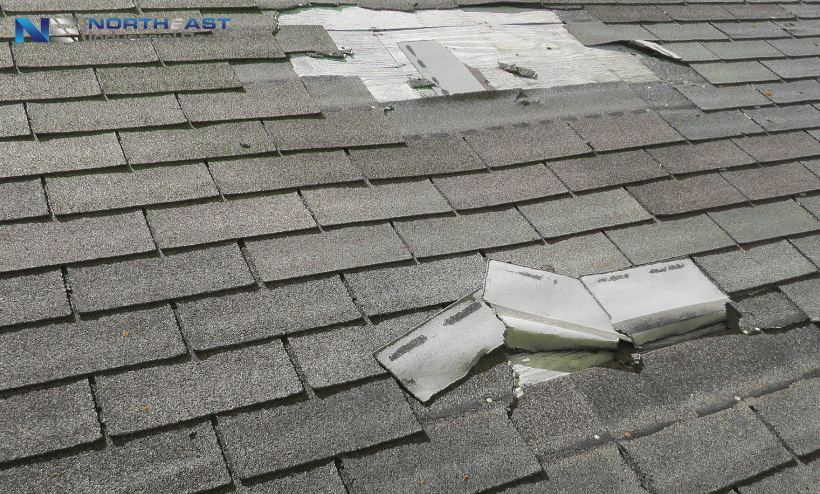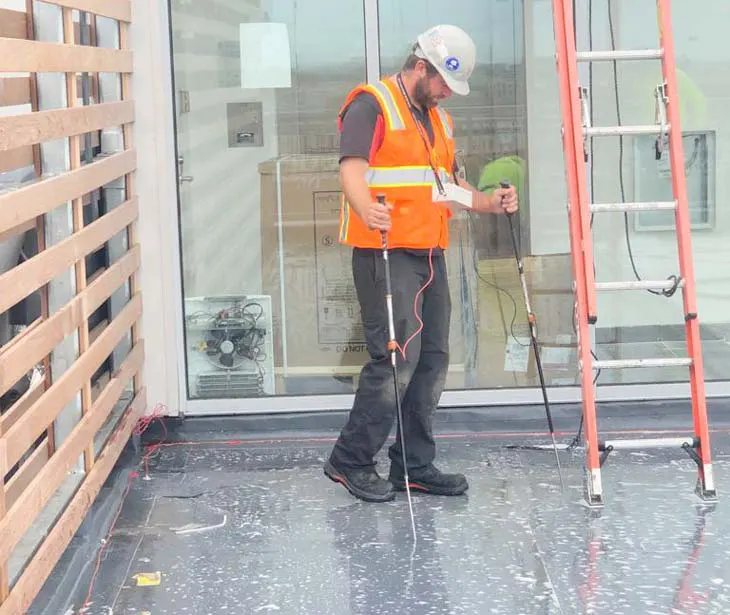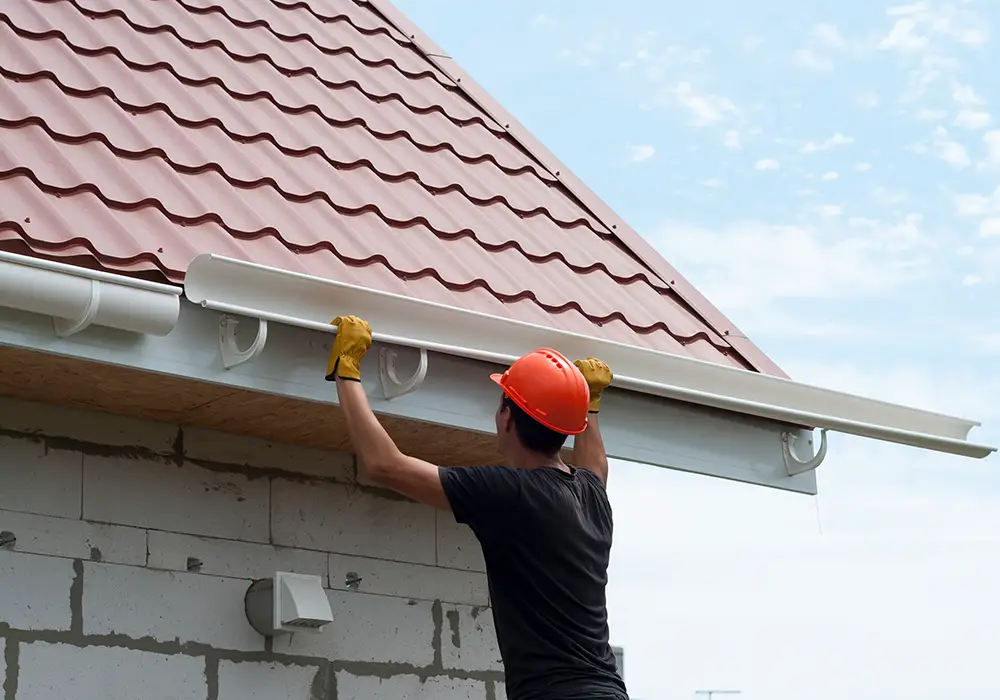Guided by OSHA, our roofers remain vigilant to ensure our safety and yours
July 08, 2021
As a building owner, it’s enough to worry about when you need roof repairs or total replacement as well as which roofing company is going to do the best work at the best possible price without the added stressor of wondering whether your roofers are abiding by the safety protocols set forth by OSHA, or the Occupational Safety & Health Administration, the regulating body for jobsite safety practices in the United States.
If you’re the owner of a Boston-area commercial or industrial facility, you can rest assured that Northeast Industrial Roof follows all safety guidelines set forth by OSHA to ensure the continued health and safety of our roofers as well as your employees and tenants.
While OSHA continually works to improve its standards in an effort to reduce the number of workplace injuries, compliance is the deciding factor. Roofing contractors must stay abreast of the latest requirements set by OSHA, ensuring that they have not only the right equipment for fall prevention, but also give their crew the proper training and uphold protection procedures on an everyday basis.
Early May saw OSHA’s annual “Stand-Down” campaign, during which contractors are encouraged to host their own toolbox talks and training sessions to assess roofing safety. OSHA advises contractors to walk through specific techniques for fall prevention, as well as the proper use of protection devices. Contractors who participated in these events were provided with compliance resources to guarantee that they were conducting their training sessions according to the latest regulations.

Key Highlights: OSHA’s Latest Requirements for Fall Protection
OSHA’&rsquo’s most recent guidelines reflect the advancements that have been made in construction job site safety, and are attempting to eliminate outdated fall protection equipment and practices. These requirements are outlined in detail in OSHA’s Fall Protection in Construction Guide, and their guide to Protecting Roofing Workers.
1. The 6-foot Rule
Fall protection must be used when working at or above an elevation of 6 feet. Protection is required for lower elevations if working near equipment that could be dangerous to fall into.
Here are a few important topics you might consider asking about:
3 Conventional Types of Fall Protection Devices – OSHA’s guidelines state that protection can typically be provided through what are termed “conventional” types of fall protection: guardrail systems, safety net systems, and personal fall arrest systems.
Other types, such as positioning devices, may be permitted if they provide sufficient security according to the stipulations. Warning lines and safety monitoring systems can be used on low-slope roofs with a width less than or equal to 50 feet.
2. Body Belts Banned from Fall Arrest Systems
One of the most recent OSHA updates included the prohibition of using fall arrest systems that include body belts (waist straps that attach to other components via lanyards). Body belts have been banned due to their connection with serious injury.
Personal fall arrest systems must also be rigged to prevent free falling any more than 6 feet or making contact with a lower level. Positioning devices with body belts can be permitted in some circumstances, but they must be rigged to restrict falls up to 2 feet.
3. Roof Edge Safety Distances Between 6 and 15 feet
A few years ago, OSHA updated their requirements to specify safe distances from roof edges. Conventional fall protection is required for distances less than 6 feet from roof edges.
The 6-foot distance must be marked with a warning line, and any distance between that and 15 feet will require a temporary work area designation. No additional fall protection is required above distances of 15 feet if work is temporary and infrequent. Storing materials and equipment within 6 feet of a roof’s edge is not permitted unless guard rails are erected.
4. Tall Ladder Protection

All fixed ladders reaching 24 feet or higher must be accompanied by fall protection in the form of cages, wells, ladder safety systems, or personal fall arrest systems. On an interesting note, by 2036, all cages and wells will need to be replaced with ladder safety systems or personal fall arrest systems.
5. Training Mandated for At-Risk Employees
A lack of training on roof safety measures and equipment is an all-too-common problem in the industry. OSHA has issued strict rules demanding that all employees who work at elevation or use fall-prevention equipment to receive training from a qualified professional.
The guidelines also specify what counts as a “competent” training supervisor. These mentors must have the ability to verify anchorage certifications, properly inspect lanyard or lifeline knots, perform annual inspections of rope descent systems, and be able to assess the structural integrity of walking-working surface. Employers will need to certify training has been conducted for every qualifying employee.
Safety is Essential for Boston’s Roofing Service Providers
Roofing safety is a big enough issue at the residential level, but when it comes to industrial and commercial environments, the matter becomes even more important. Northeast Industrial Roof has the expertise to handle even the most hazardous work zones, keeping our employees safe as well as your own.
We are fully OSHA-compliant and committed to keeping work sites safe so that your operations can continue or resume as efficiently as possible. If you’d like to discuss how to best tackle your industrial or commercial roofing project, we invite you to reach out for a consultation.
Northeast Industrial Roof guarantees your satisfaction with our workmanship on all commercial roofing repairs and installation.</p>
Questions? Call Northeast Industrial Roof today at 781-874-0248 or contact us to schedule a roof inspection for your commercial roof.








